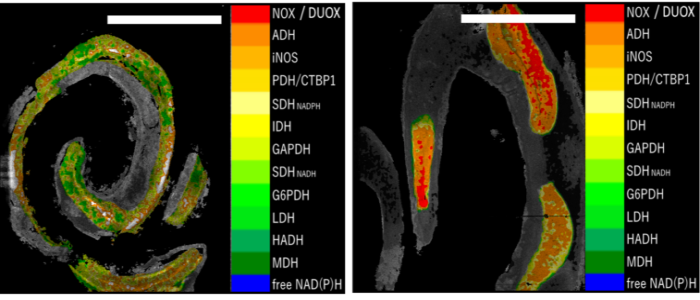P12 - Locomotion of parasitic nematodes in the gut: movement in viscoelastic mucus intertwined with the metabolic activity of the nematodes
Nematodes locomotion in the intestinal viscoelastic mucus
Gastrointestinal nematodes are globally distributed and highly prevalent in humans and animals. Considerable knowledge exists on the immune dispute of the nematodes with its host. But only marginal knowledge is available on the locomotion of adult worms in the host gut, the interlink with the gut mucus as well as the energy household and defense metabolism of the parasites. Therefore, in the proposed project we aim to focus on i) how do adult worms locomote in the gut against the flow of the small intestine and why do they locomote to the proximal part of the gut? ii) Which role plays mucus viscosity and flowing properties for parasite locomotion and does mucus properties change during infection? Is mucus permeable for nematode components? And finally, iii) how is nematode locomotion linked to the energy household metabolism of the worms? Is nematode motility correlated to metabolic defense mechanisms of the parasite and against which niche component is this defense activity directed? In conclusion, with the proposed project we aim to elucidate mechanisms of nematode locomotion in the host gut and to understand the linkage to the viscoelastic properties of the gut mucus and metabolic activities of the worms.
Nematodenbewegung im intestinalen viskoelastischen Mukus

Gastrointestinale Nematoden sind global verbreitet und hoch prävalent in Menschen und Tieren. Über die Auseinandersetzung zwischen Nematoden und dem Wirts-Immunsystem ist viel bekannt. Jedoch über die gerichtete Fortbewegung der Würmer im Darm, den Einfluss des Darm-Mukus sowie über die Verbindung zum Energiehaushalt und der metabolischen Abwehr der Würmer ist so gut wie nichts bekannt. Daher planen wir in dem vorgeschlagenen Projekt folgendes zu bearbeiten: i) Wie bewegen sich adulte Würmer im Dünndarm gegen den Strom und warum wandern sie zum proximalen Teil des Dünndarms? ii) Welche Rolle spielen die Viskosität und die Fließeigenschaften des Mukus in der Fortbewegung der Würmer und ändern sich diese Eigenschaften im Laufe der Infektion? Wie sind die Permeabilitätseigenschaften des Mukus für Wurmmoleküle? Und iii), wie ist die Fortbewegung der Nematoden verknüpft mit dem Energiemetabolismus? Korreliert die Bewegung mit metabolischen Abwehrmechanismen und gegen welche Komponenten der intestinalen Nische ist die Abwehr gerichtet? Zusammenfassend ist unser Ziel Mechanismen der Fortbewegung adulter Würmer im Darm aufzuklären und zu verstehen wie die Bewegung mit den viskoelastischen Eigenschaften des Mukus und der metabolischen Aktivität adulter Nematoden verknüpft ist.






